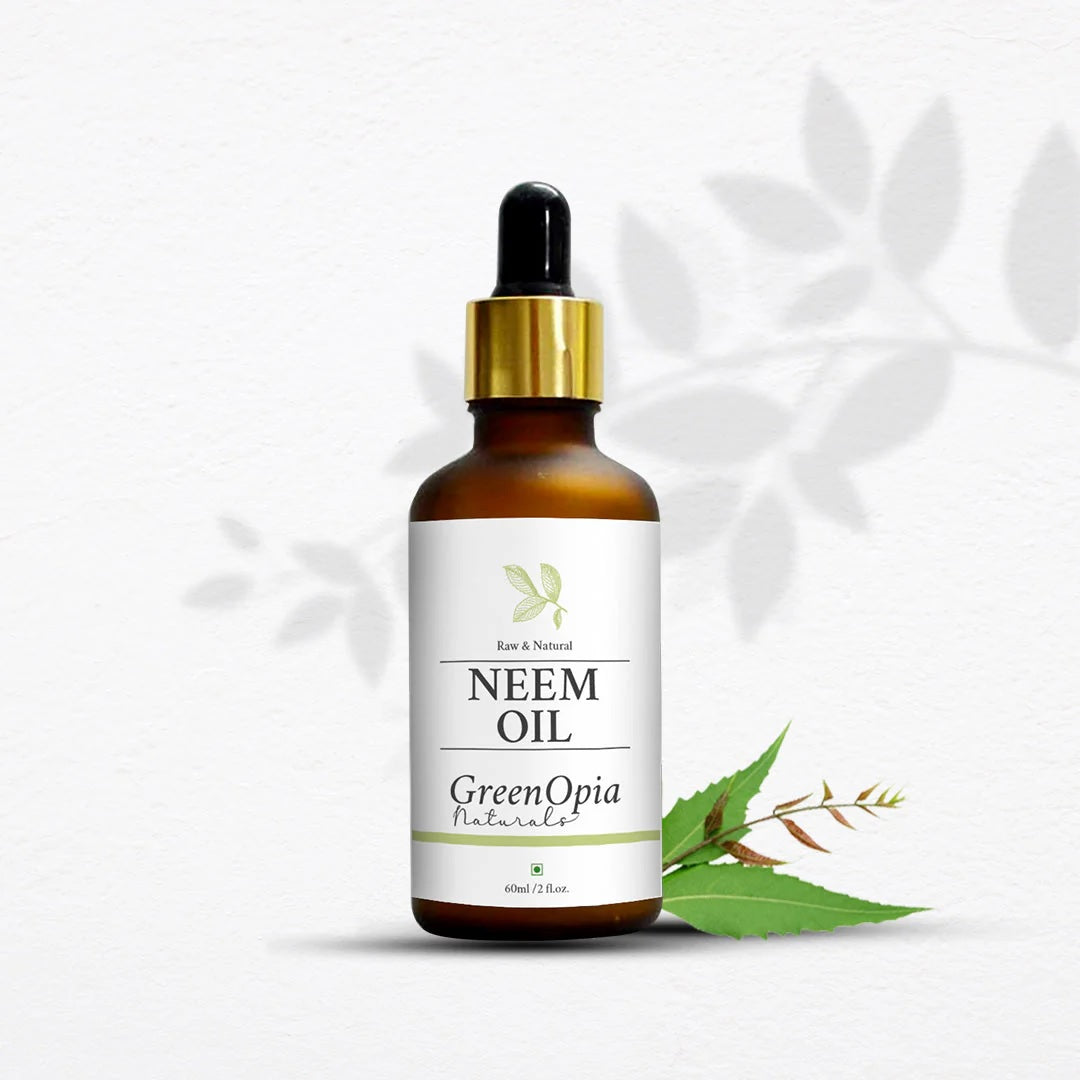Ever been through those days when even after washing your hair, it would still feel oily? If yes, welcome to my world, it’s Christmas here (please take a notice of the sarcasm and my pain)! Shampoo after shampoo. Conditioners after conditioner. Repeated runs to drugstores had become my life routine at that point. It also didn’t help that my hair is thinner than paper. So, in all, my hair would always seem oily, dull, and flat. Ew, the nightmare.
At last, after seeing my struggles, my mother decided to take me to an expert. Of course, Mother knows the best! The hair expert suggested trying out a technique. It seemed and sounded so weird, so obviously, I hesitated. But then I thought that I am already going through terror, why not just give this a try, and guess what? Best. Decision. Ever. I can not stress how this technique made me happy. So now I am gonna share with everyone what this was, and spread happiness! Guess Christmas did come early this year! Reverse hair washing is the reason for my good hair.
What is Reverse Hair Washing?
Wet the hair, pour on the shampoo, massage it all over from the scalp to the tips, rinse it off, repeat it once more, conditioner, and rinse it. And you are done! That’s how we wash our hair, don’t we? Okay, so reverse washing is, well, reverse of the original process.
When you shampoo first and then condition, along with the dirt, grease, sweat, and pollutants, the shampoo also washes away the natural sebum in the hair. Most of us try to compensate by conditioning afterward but the damage is done. The result is dry, dull, and flaccid hair. Reverse washing will preserve the hair ends and nourish the hair cuticles. The logic behind this method is that if you let the conditioner soak into the strands first, it will make the cuticles more nourished, hydrated, and soft. It is then followed by a shampoo that will cleanse away all the dirt and the residue left by the conditioner, which might be the reason behind your oily scalp and greasy strands.
This technique ensures that the hair is still going to get all the moisturizing benefits of using conditioner but you're not left with that horrible, weighted, almost-greasy feeling that sometimes happens.
How to Correctly Do It?
- First, begin by wetting your hair.
- Apply the conditioner to the wet strands, focusing on the ends and mid-lengths. Avoid the roots and the scalp. Ensure your hair is soaked thoroughly, as using conditioner on dry strands will make it difficult to distribute.
- After leaving it on for 5-10 minutes, wash your hair again.
- Use shampoo to rinse it all off.
If this method suits your hair type, you can use this every time you wash your hair.
Who Could Use it for Best Results?
The reverse hair washing is perfect for anyone with thin or fine hair or who struggles with oily strands. This method swells up the hair cuticles as shampoos have higher pH to cleanse the grit, and in turn, end up opening the cuticle and making them appear more volumized and dense. This will prevent your strands from looking flat and weak. In other words, it will help mask hair thinning.
However, it is not suited for all hair types. For example, anyone with frizzy or very thick strands won’t see the same benefits.
For even better results, you should check for the ingredients in the shampoo and conditioner before buying it. Some ingredients can be very harsh on your hair, like SLS and Parabens. GreenOpia Naturals coconut oil are not only made from natural ingredients but are free from vile chemicals. If that’s not enough, it is also vegan and cruelty-free.





